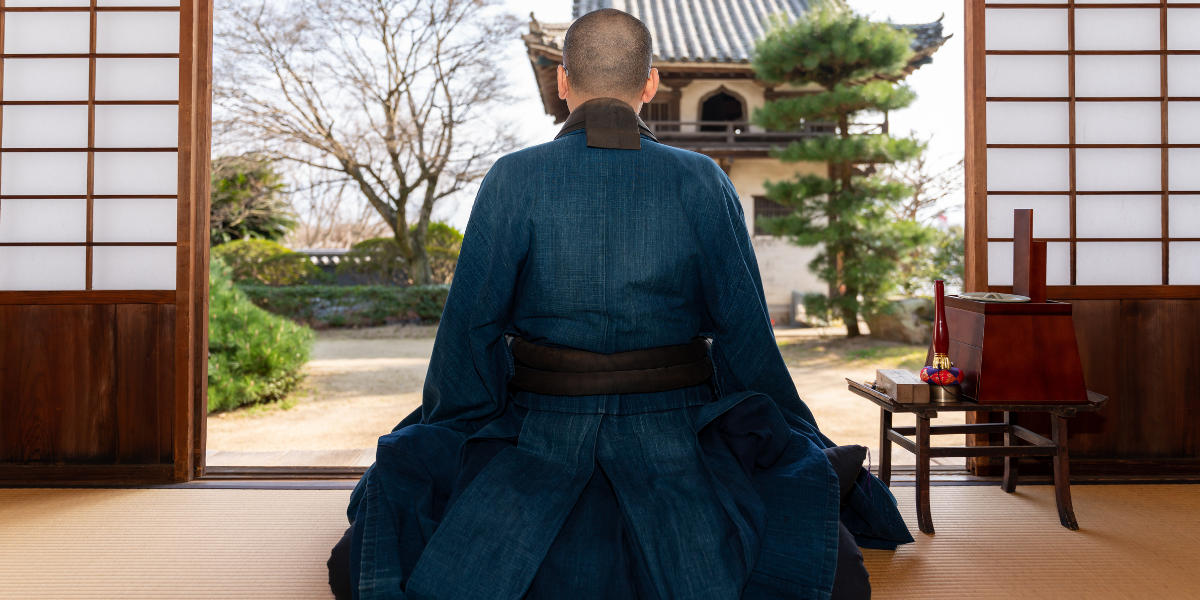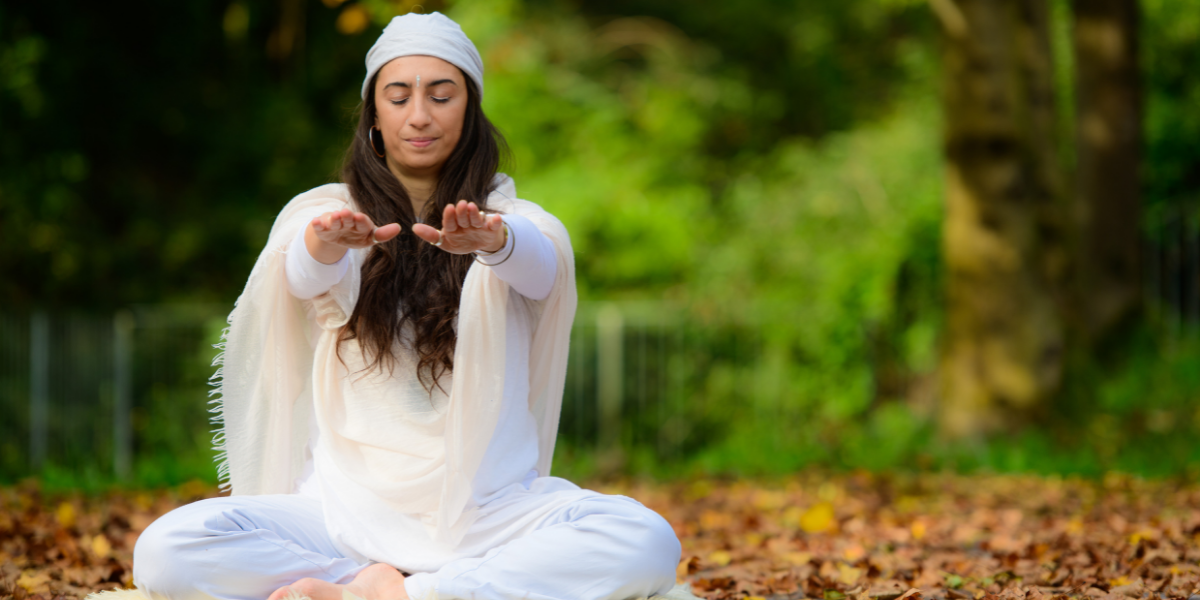Roughly 40 million Americans are suffering from anxiety, but only a few seek assistance. Unfortunately, there is only one mental health professional for every 1,000 people. That is a cause for concern and is proven by the number of mental health incidents in the United States.
Studies have shown that meditation is a confirmed method of self-care and can help ease anxiety. Even if you aren't suffering from anxiety, a healthy mind can be maintained by using meditation. It is an essential element in creating a balanced life and a healthy body.
Today we review some of the different types of meditation so that you can decide which one to try.
You can also read: Fun Facts About Yoga Everyone Should Know
You might look down on meditation or feel like it's not a cool thing to do, but trust me, it is imperative for your well-being. Being able to focus on your breath and nothing else is a skill that some people never master.
Meditation helps to boost mindfulness and liberation, making you feel good in your skin. There are 17 types of meditation that we are discussing today, and we hope you can gain insight from these practices.
17 Different Types of Meditation to Get You Started
1. Basic Beginners Meditation

It's the simplest practice of meditation that does not engage any of the more complex techniques. This technique acquaints you with breathing, lack of judgment, and the noting of sensations.
To begin your meditation, you can sit or lie down and close your eyes. Then breathe, but don't regulate your breathing. Be sure to pay attention to the rise and fall of the abdomen, shoulders, and chest. Feel the air move in and out of your nostrils.
Don't allow your mind to wonder if it does gently return your thoughts to breath. Doing this for three minutes per day can do wonders for your life.
2. Zazen

Zazen is the practice of seated meditation. Initially a Zen Buddhist tradition, it has made its way over into the more modern-day era. There have always been debates about whether Zazen is meditation, but Zen practitioners believe it is at the core of Zen.
The meditation involves three elements that are intertwined into the Zen Buddhist practice. First is your posture while seated. It is vital to have the correct seating position while performing the exercise. That all depends on your flexibility, so choose from full lotus, half-lotus, or Burmese positions.
Your breathing is an essential part of this meditation. It needs to be consistent but unregulated to achieve optimal results.
Lastly, your state of mind is imperative to synergize your efforts. Combining each one allows you to be one with your body.
3. Qigong
Qigong means life energy cultivation. The Chinese Taoist practice combines breathing techniques with exercises. In this meditative practice, you focus on your vital energy, otherwise known as your qi.
4. Mindfulness
Mindfulness has risen in popularity in the West because it is a stress-reduction technique practiced in any setting. As with all meditation practices, it requires that you focus on body and mind state simultaneously.
5. Loving Kindness
Theravada Buddhism promotes self-liberation through your efforts. Concentration and meditation are crucial elements on your journey to enlightenment. Loving-kindness, also known as Metta meditation, is about directing specific thoughts and feelings.
This meditation is excellent for a person who suffers from anger outbursts, negative thoughts, or depression.
6. Chakra Meditation

In Sanskrit, chakra is a wheel of energy. Well, it means disk or wheel and has been deciphered in many ancient Sanskrit texts. There are seven chakras, with the first one starting at the base of the spine.
Each chakra runs along the spinal column from the base to the crown of the head. An important thing to note is that each chakra corresponds with significant organs and bundles of nerves.
Using this meditation, you can open and align your chakras by gaining a deep perspective. It is good to note that there are colors and sounds attached to each chakra.
7. Gazing Meditation
Trataka, also known as Gazing Meditation, involves focusing your eyes through intention with relaxed gazing.
That means that the person focuses on an external object but can still see it when they close their eyes.
This yogic meditation is externally focused and gives practitioners a focal point to manage their emotions.
8. Third Eye Meditation
In this meditation, you focus solely on the Ajna chakra, which is your third eye. The third eye is in between your eyebrows in the area where you find the pineal gland.
It would be best to remain focused on your third eye when any thoughts arise. That is the main element of this practice, but it also includes regulated breathing.
9. Kundalini Meditation

An in-depth practice that adheres to breathing exercises, dieting practices, and specific movements to achieve enlightenment. The base of your spine releases snake-like energy when performing Kundalini yoga.
It is said that energy permeates from the base of the spine to the crown of the head. The breathing exercises are intense and require blocking one nostril while you take long, deep breaths.
10. Nada Yoga
If you like music, this kind of meditation could be for you. Nada Yoga has many similarities to music therapy and has proven beneficial for many people. All you need to do is focus on an external sound.
Once that is mastered, you need to focus and listen to your mind and body. Eventually, you hear the sound of the universe, a sound that has no vibration.
11. Self-Inquiry
Originating from the Sanskrit atma vichara, this meditation questions the "I."
It focuses on the source of self and delves into its origins. Self-inquiries are about the oneness of mind and body.
12. Tantra
A popular misconception is that Tantra is related to sex. That is not the case for all categories under this practice. Vijinanabhairava Tantra prescribes over 100 things about which you can meditate. These are known as dharnas and are the key elements of this practice.
It is one of the most different types of meditation that requires familiarity with basic meditative methods.
13. Taoists Emptiness Meditation

This practice emphasizes letting go of your thoughts, sensations, and feelings as they arise. The Chinese Taoist meditation is done cross-legged, spine erect, and focused on the top of your nose.
14. Vipassana
A traditional Buddhist meditation from which mindfulness was derived. Western practitioners modified this practice to suit a more modern time.
The meditation requires that you label thoughts without letting them bother you while focusing on your breath.
15. Mantra Meditation
A symbol or word you repeat to reach a meditative state is known as a mantra.
Each mantra you emit makes vibrations in your brain waves and synchronizes it with the falling and rising tide of the universe.
16. Guided Meditation

When an instructor is involved in the practice, that is known as a guided meditation. The exact needs apply for Transcendental Meditation, although this requires a great deal of money for a guru.
On the other hand, guided meditation can be as simple as downloading an app on your smartphone.
17. Body Scan Meditation
Body scan meditation is a variation of mindfulness. It involves being present and noting surfaces that you are touching. Breath is also used to remain centered and bring you to a place of total relaxation. This practice is recommended for 30 to 45 minutes, three to six times per week.
Conclusion
In today's fast-paced world, it is sometimes hard to slow down. Using different types of meditation, you can find your peace and stillness.
Adopting one of these meditation styles can help you better your health and well-being.

